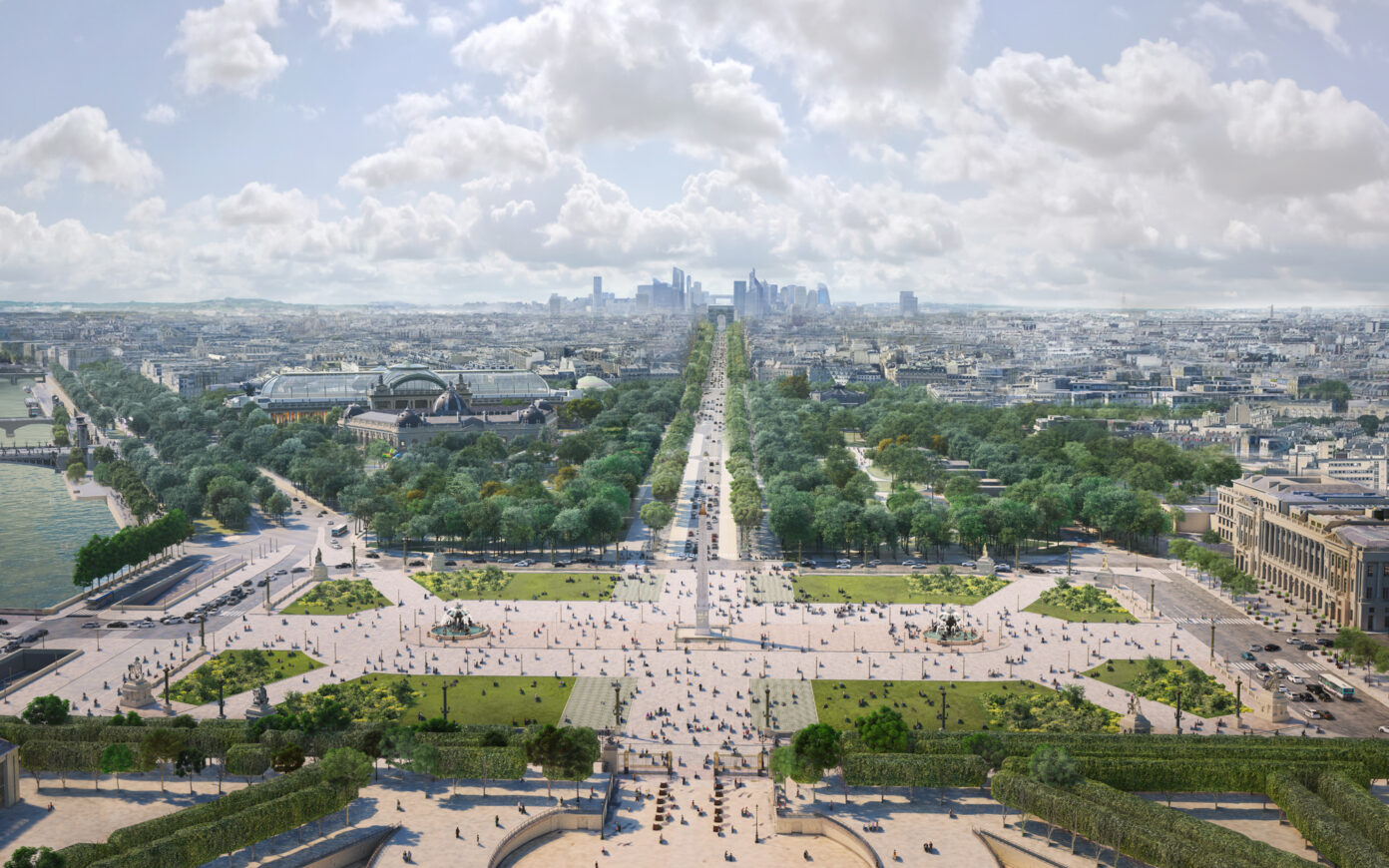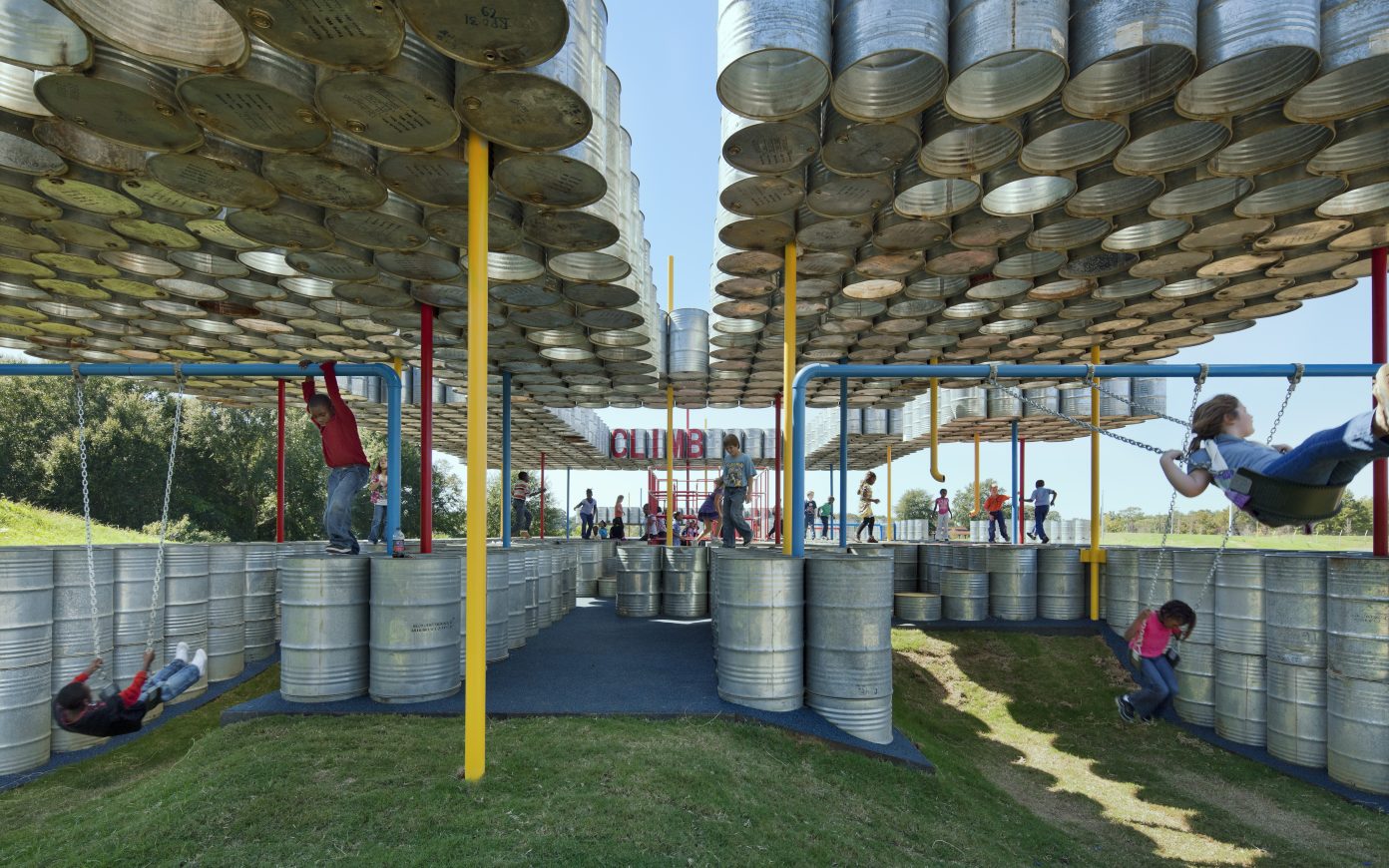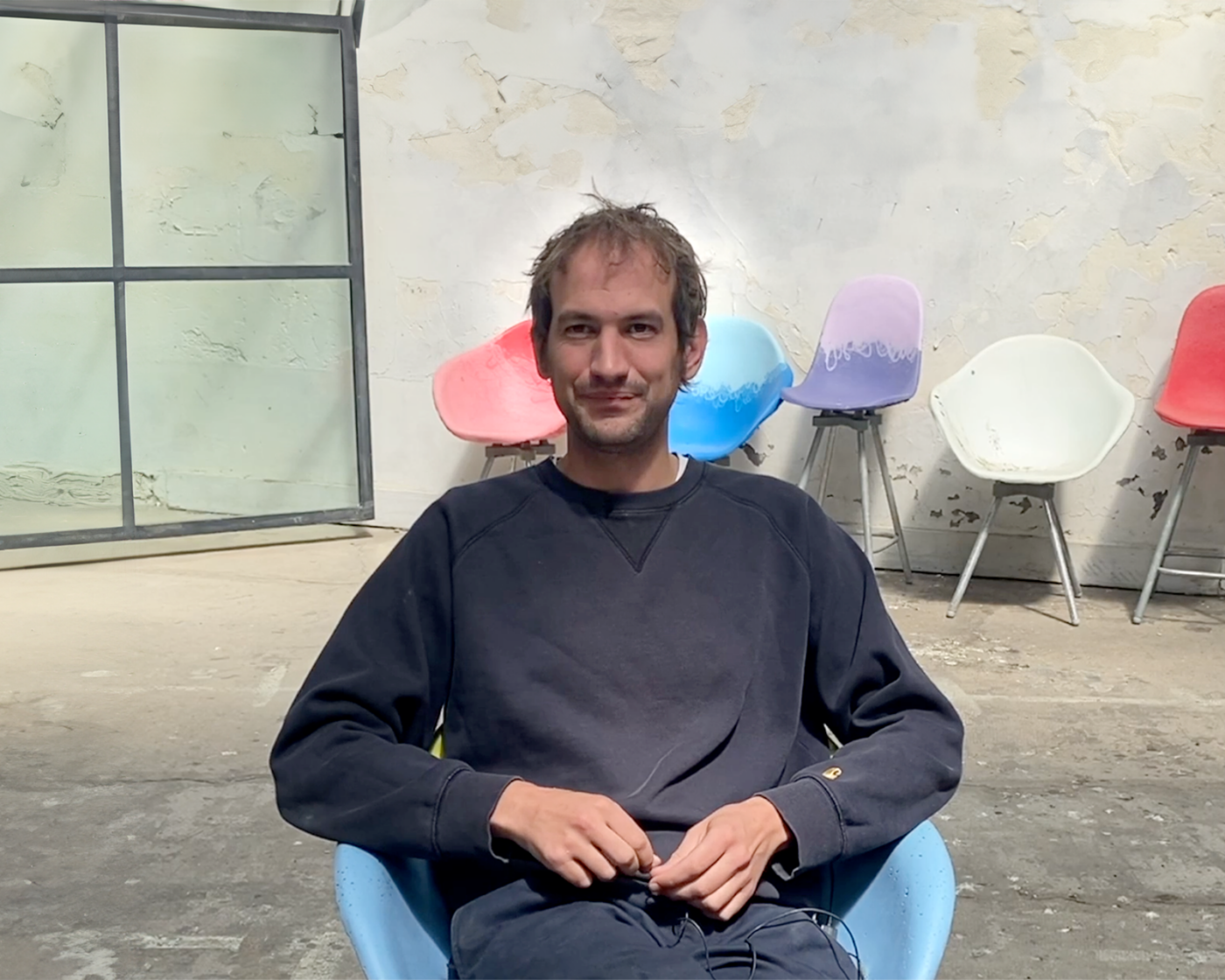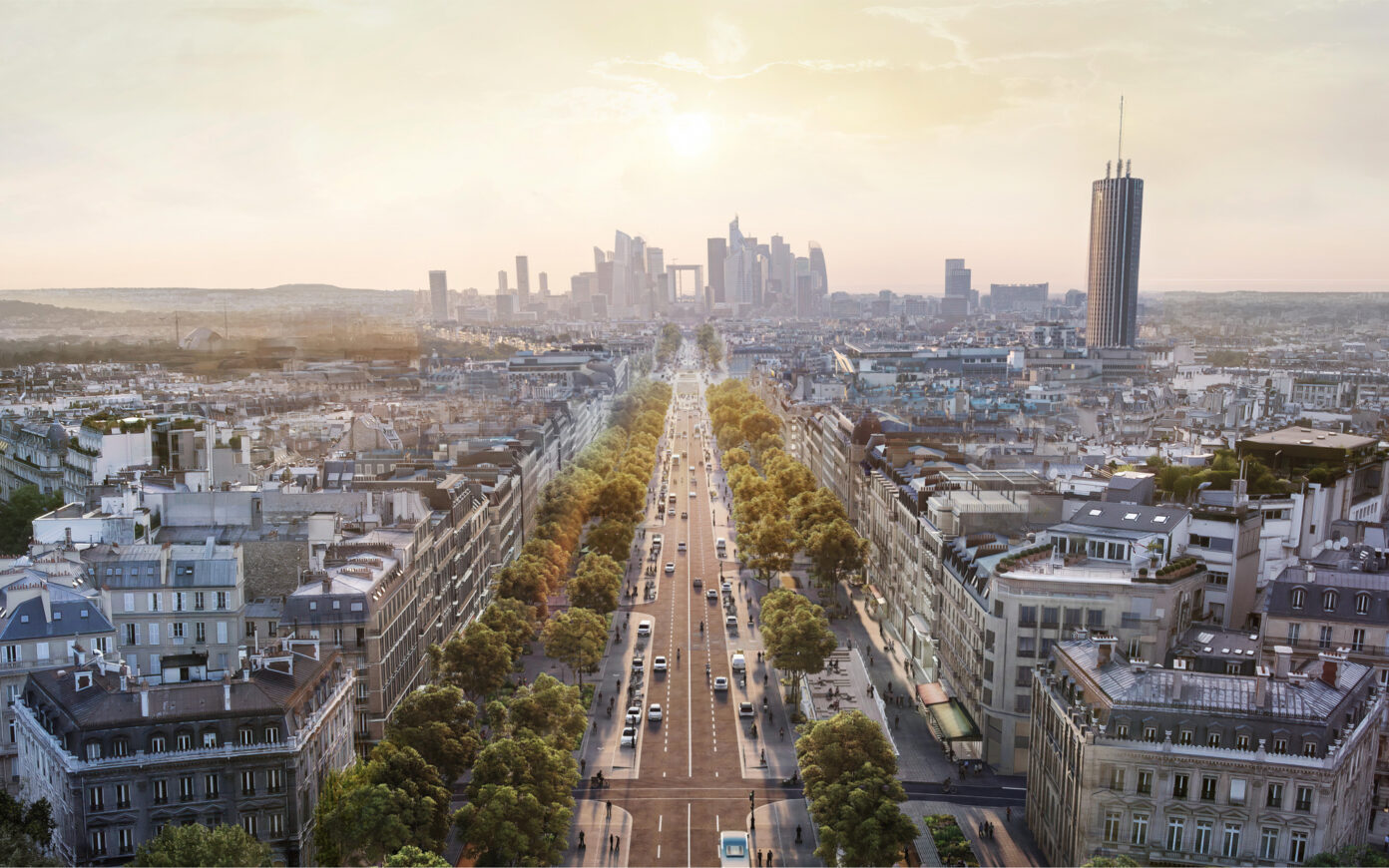At the initiative of the Comité Grande-Armée, PCA-STREAM delivers "Grande-Armée 2030", a strategic vision for reintegrating the Avenue de la Grande-Armée into the urban dynamic of Paris's historic thoroughfare and adapting it to the challenges of the 21st century city.
Urban design

-
Paris
-
2020
-
Delivered
-
Paris
-
2020
-
Delivered
The Champs‑Élysées, History & Perspectives exhibition presents the study conducted between 2018 and 2020 at the behest of the Comité Champs‑Élysées by PCA-STREAM in collaboration with some fifty researchers, historians, scientists, engineers, artists, and economic and cultural actors from France and abroad. It traces the development of “the most beautiful avenue in the world,” analyzes its current usages, and proposes a vision of its potential evolutions in response to the challenges this area of the city faces in the present day. The Champs-Élysées is becoming a collective space to experiment with the development of a sustainable, desirable and inclusive city by 2030 through focusing on four main strategic priorities: reducing the impact of urban mobilities, rethinking nature as an ecosystem, seeking new uses, and the use of data for measurement and regulation.
Related Contents

Training Citizen Architects to Serve a Community
Andrew Freear

Training Citizen Architects to Serve a Community
Designing an inclusive city implies involving their residents in urban projects, but what is the role of architects and urban planners in this process? For Andrew Freear, the head of the Rural Studio program, they both have the ethical responsibility of getting locally involved via concrete projects. Architectural schools must thus take on training citizen architects by engaging them in learning by doing, and thus have them redevelop a deep connection with context and places, acting as neighbors and activists within communities in order to collectively carry out experimental projects that tangibly improve society and the environment.

Collaborating with situations
Joana Hadjithomas & Khalil Joreige

Collaborating with situations
The two Lebanese artists and filmmakers were awarded the 2017 Marcel Duchamp Award for Unconformities, a project currently on display at Hamburger Bahnhof in Berlin. This artwork, like their approach, is based on a methodology of investigation and excavation and aims to offer another reading of history and the traces of the past.

Design: Reparation
Nicolas Nova

Design: Reparation
Nicolas Nova was a social anthropologist. Inspired by New Media Studies and design fiction, he contends that the future of design lies in recycling and reparation as well as reinventing forms and functions. Did you know that a used flip-flop could serve as a lighter?

From "Mediance" to Places
Augustin Berque

From "Mediance" to Places
The geographer and orientalist Augustin Berque revisits the polysemic dimension of the term “milieu,” and explains the distinction made by mesology—“the area of biology that deals with the relationships between the environments and organisms”—between “environment” and “milieu.” The reality of things differs depending on the environment of each species or culture, the object doesn’t exist in itself but according to its relationship with the subject. In this way, mesology goes much further than the subject/object dualism of modern science. Ontologically “trajective,” the environment is neither objective nor subjective, but firmly between the two theoretical subject/object centers. Berque takes the term “mediance,” meaning the dynamic coupling of the individual and their surroundings, from the Japanese “fūdo,” to which he adds “trajection,” a process that results in the “mediance” of human existence in its concrete surroundings. Taken as a whole, all human environments, distinct from the biosphere through their eco-techno-symbolic dimension, form the ecumene. For architecture, this implies a respect for history and the environment, without mimicking ancient forms, creating from the “mediance” of each place.

An Attempt to Drain Places
Larissa Fassler

An Attempt to Drain Places
Larissa Fassler is a “Neo-Situationist” artist. By exploring places over the course of many hours, she gleans their ephemeral essence, which she then superimposes on the fixed urban master plan. The subjective maps thus generated highlight both urban narratives and history.

Maximizing reuse, minimizing transformation
Armand Bernoud

- Armand Bernoud
- Low-carbon construction
- New narratives
- New imaginaries
- Low-carbon
- Materials
- Reuse
- Sobriety
Maximizing reuse, minimizing transformation
Maximum is a design studio that maximizes the value of waste; its material, its form and its engineering. Some materials are transformed in a semi-industrial process while others give birth to unique pieces, such as the glass walls of the Centre Pompidou caterpillar.
Explorer Tous les professions
 stream voices
stream voices
Eager to share more generously the results of its collaborations and research, PCA-STREAM publishes STREAM VOICES, its online magazine!
